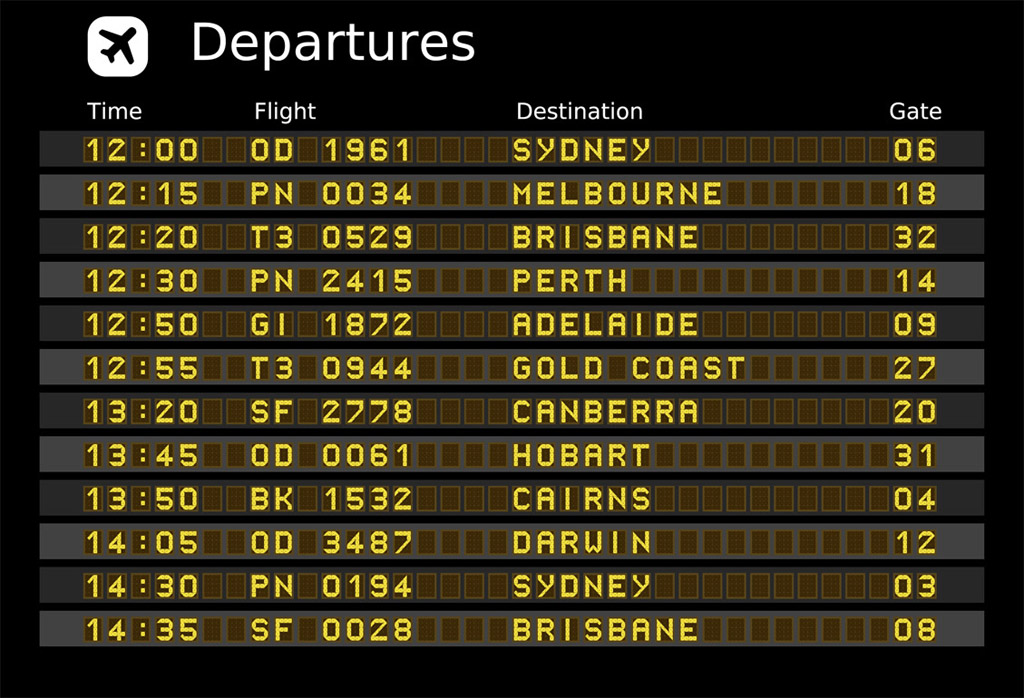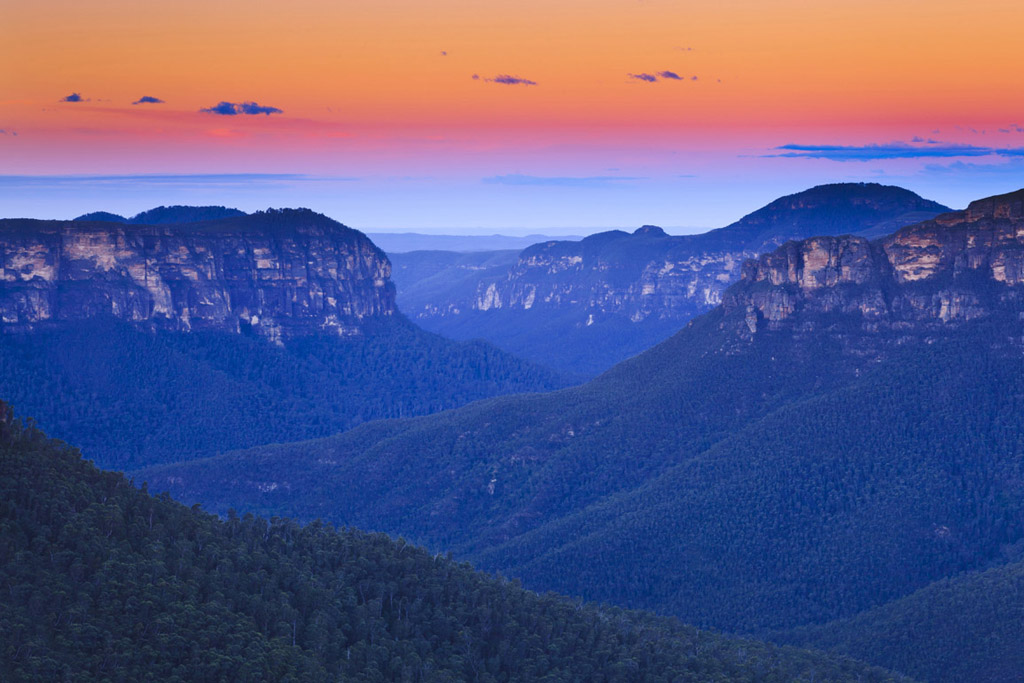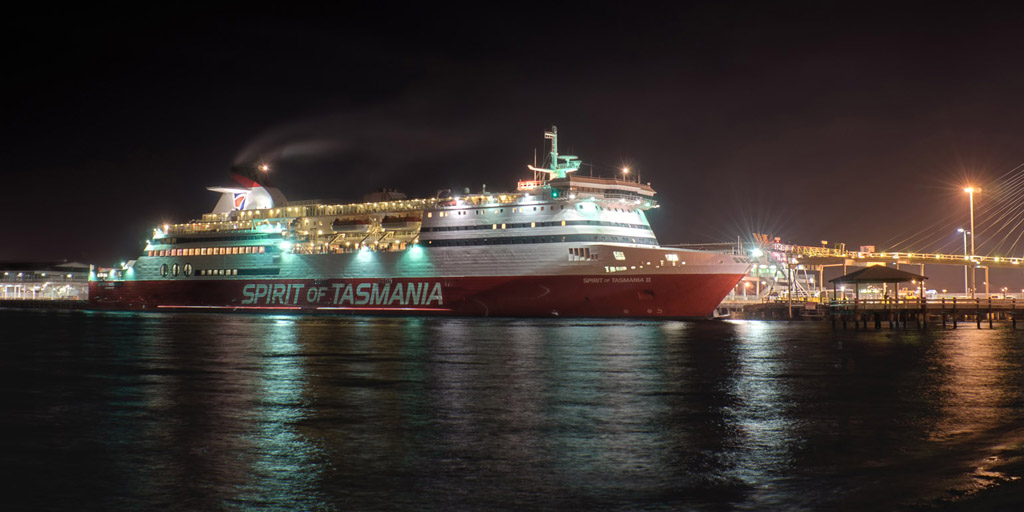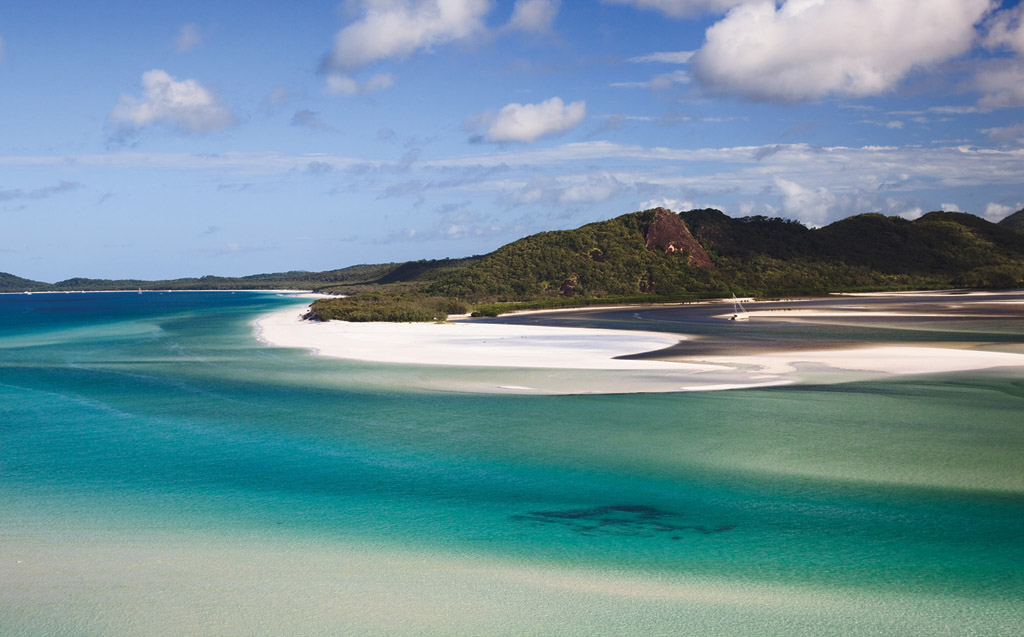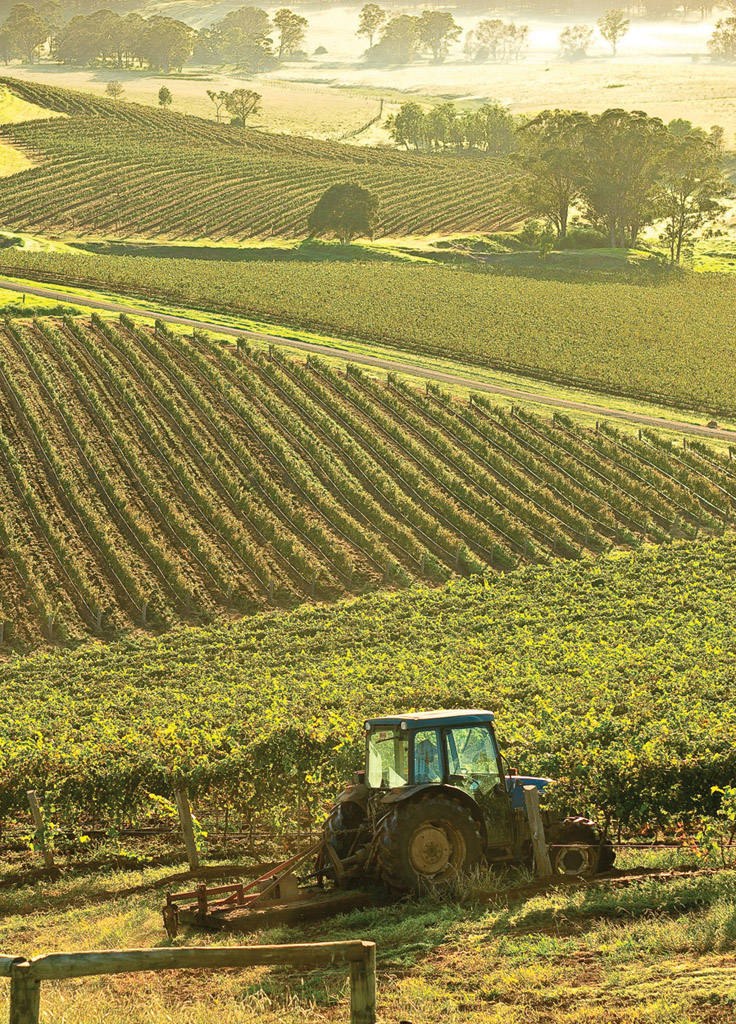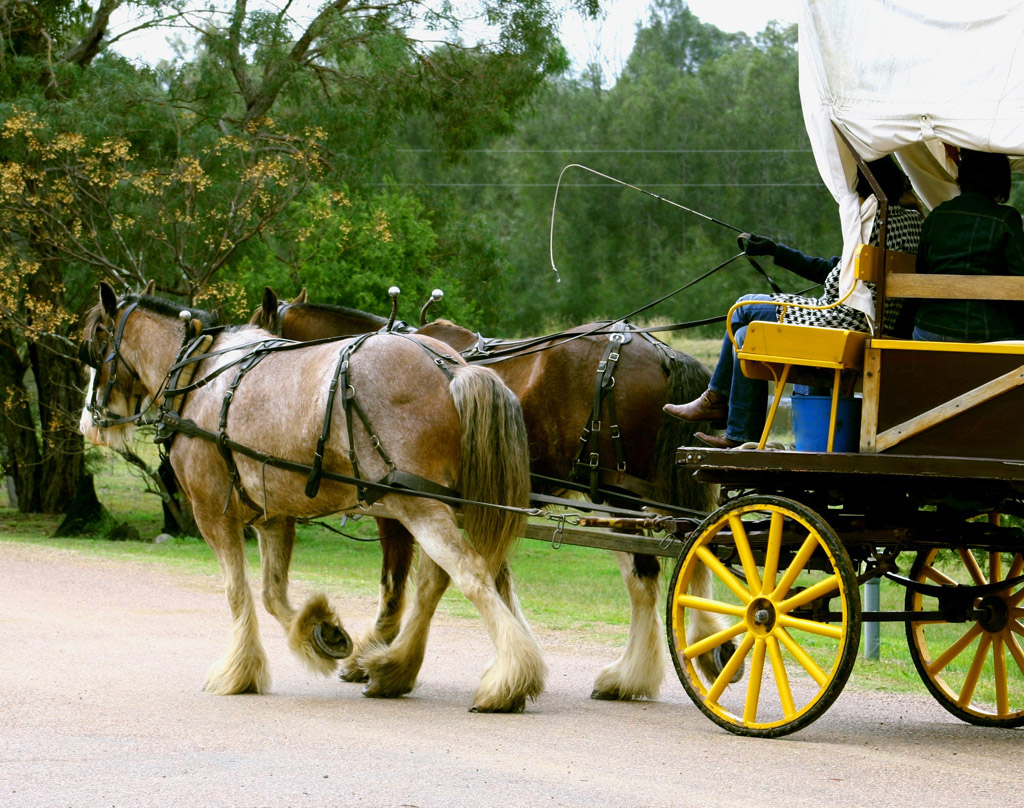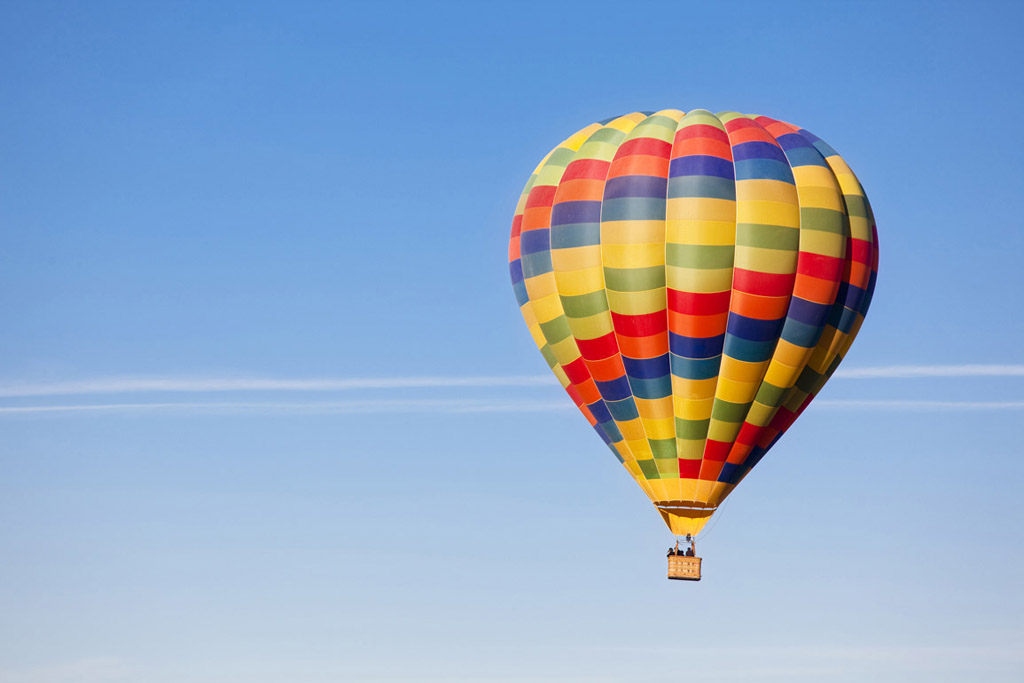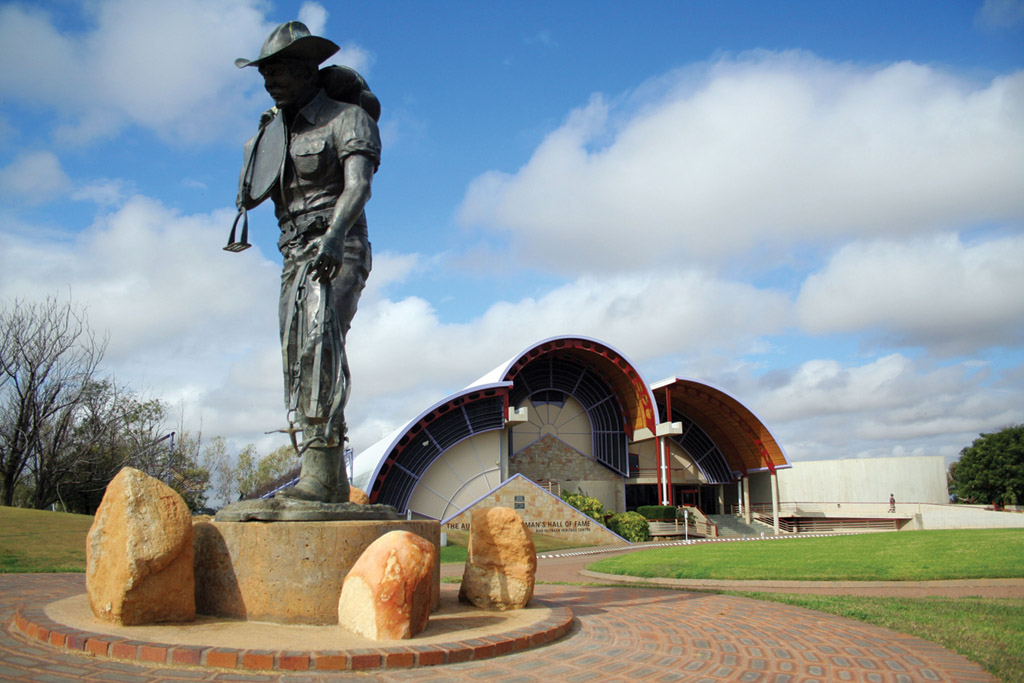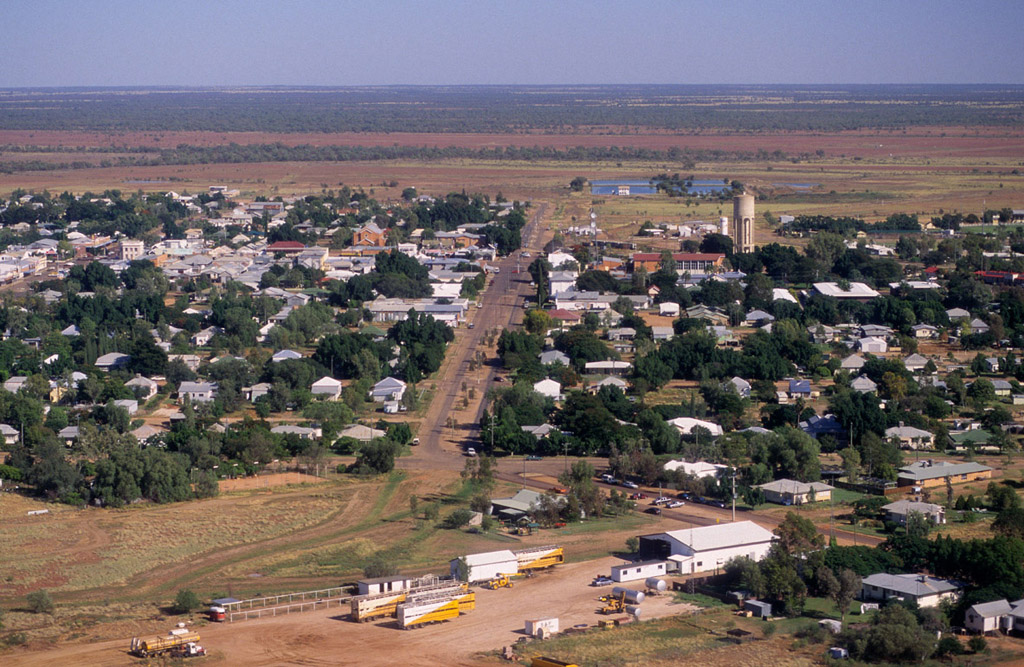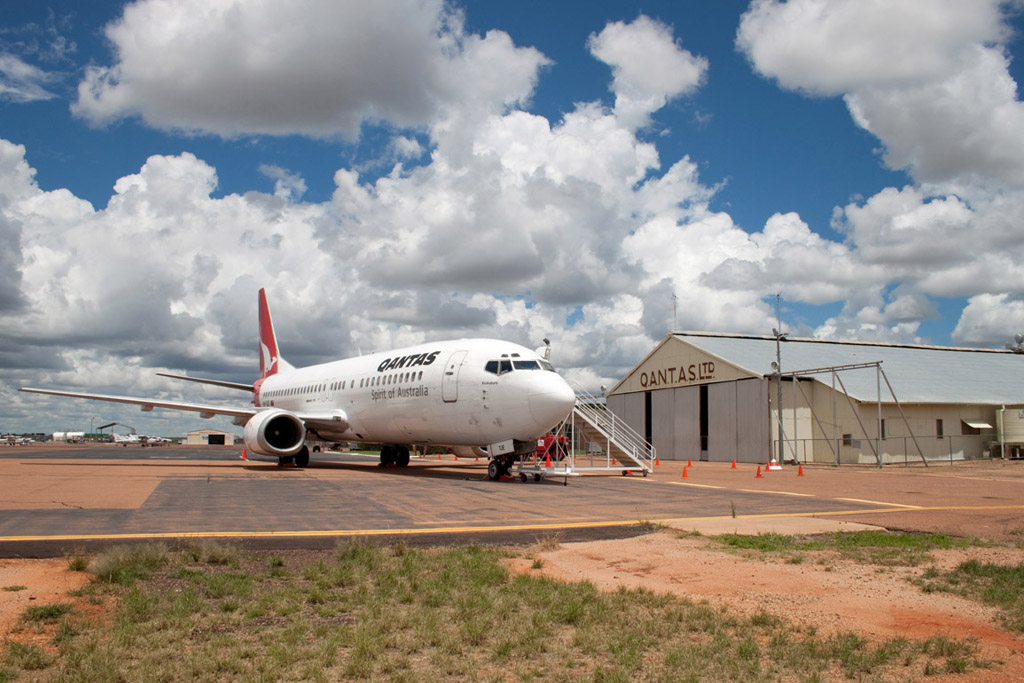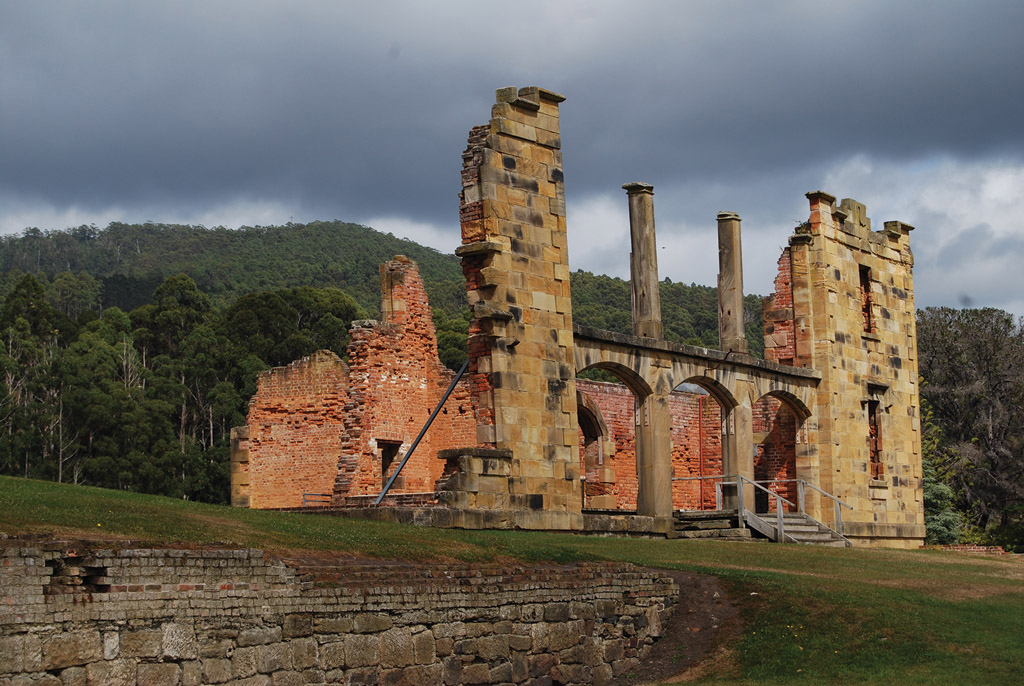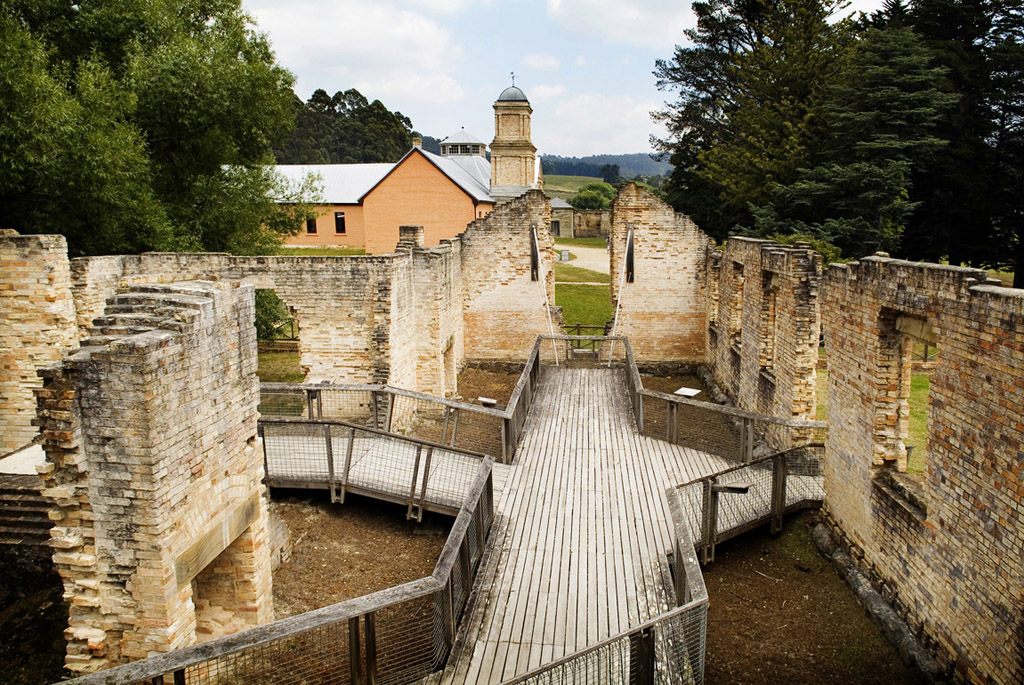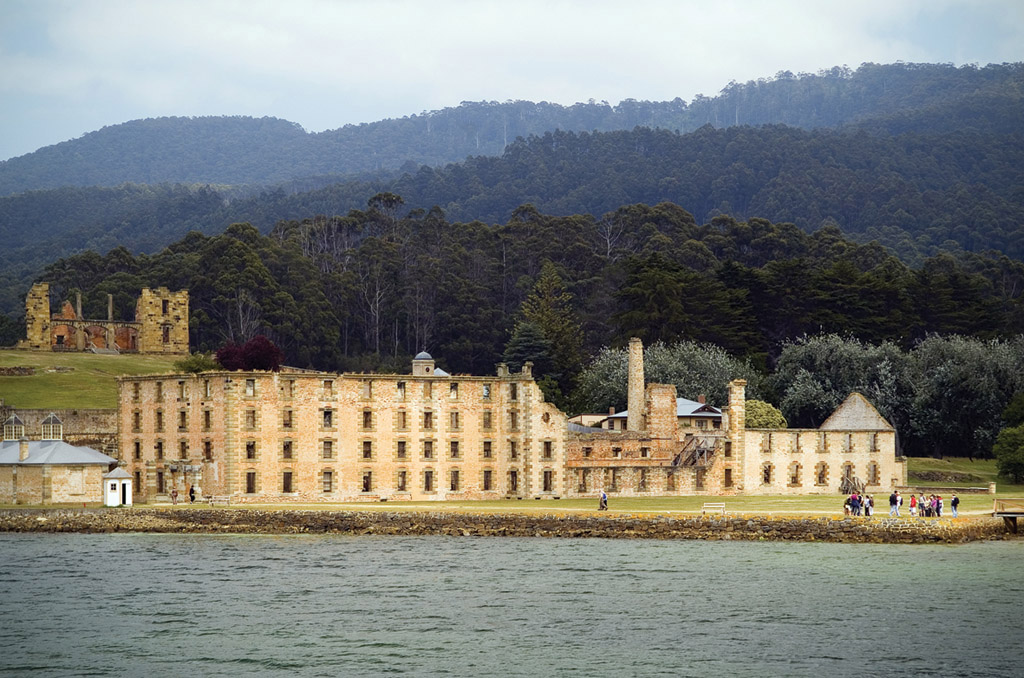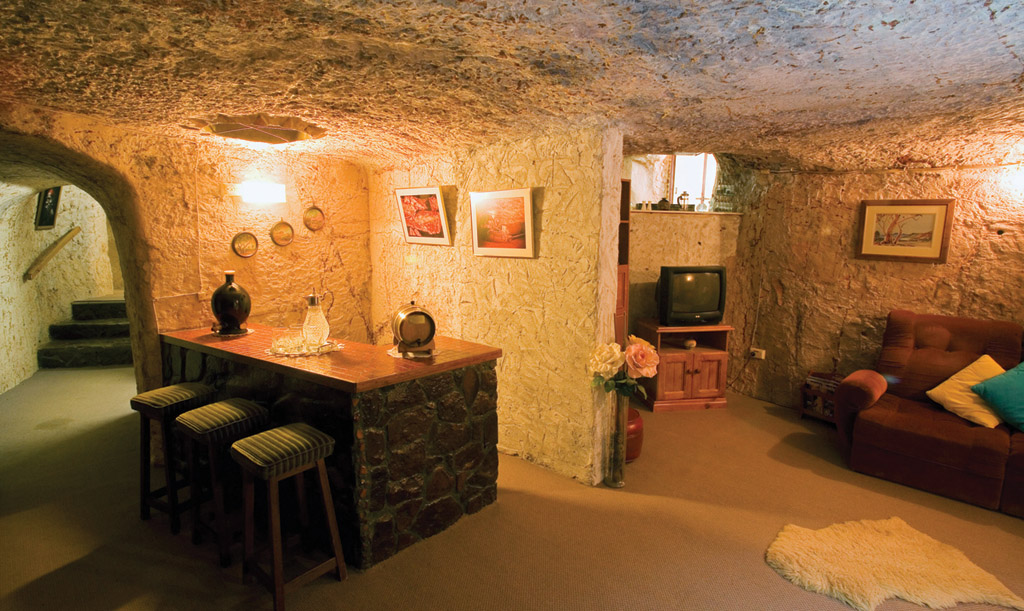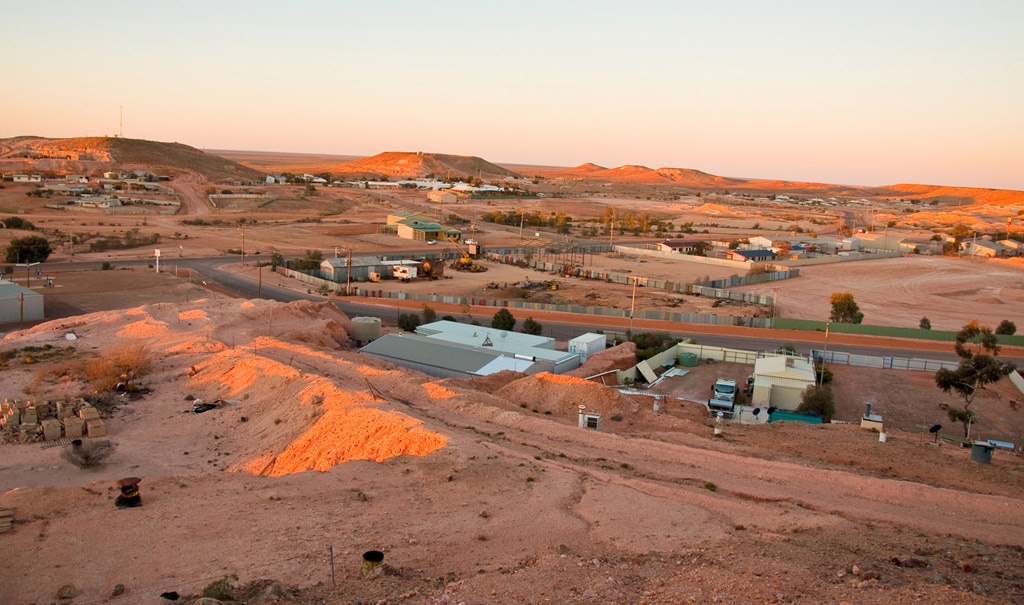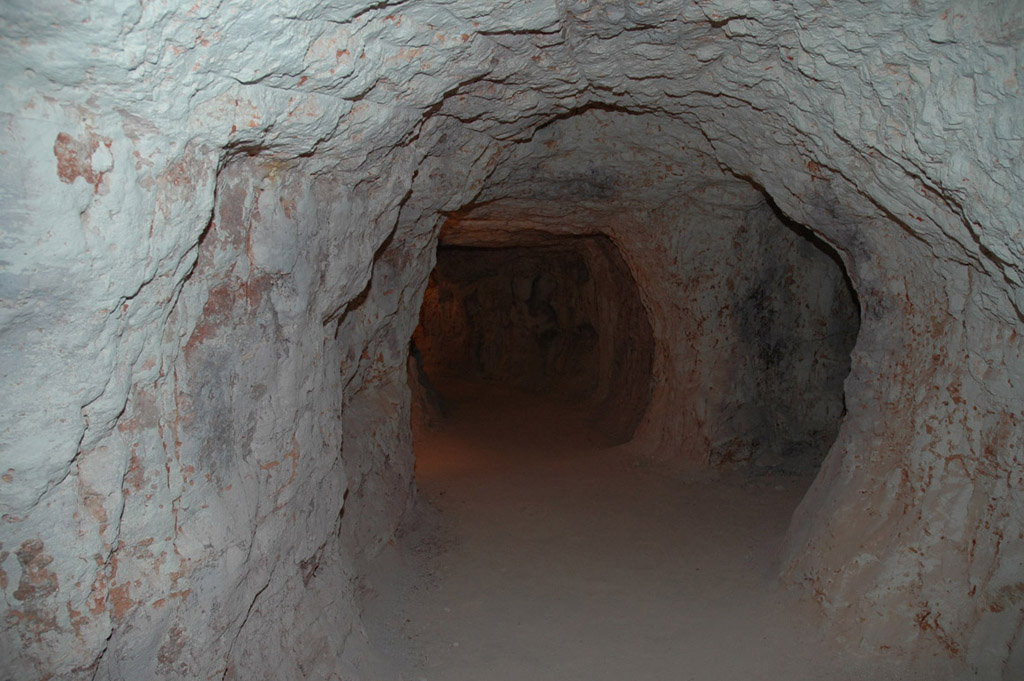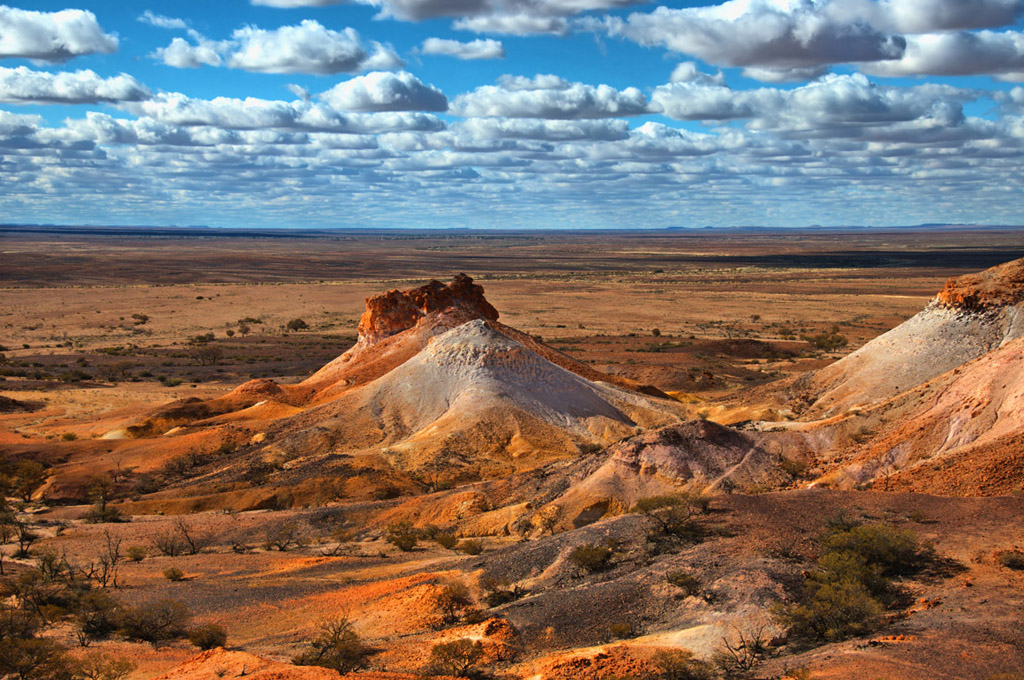5.8 Tourism
Tourism is a valued and important industry in Australia.
It contributes around $34 billion per year to the Australian economy, and employs 500 000 people directly. There are two types of tourism: domestic tourism and international tourism.
Domestic travel by Australians
Domestic travel within Australia is an important part of tourism. It accounts for three-quarters of the tourism spend in Australia annually: $25 billion a year. According to Tourism Australia, the domestic overnight leisure market is a key segment of the Australian tourism industry. The core target is families, with parents who are 30–54 years old: this represents 35% of Australia’s population.
The locations most visited by domestic tourists are the major capital cities – Sydney, Melbourne and Brisbane. Outside these, the most popular locations are the Gold Coast, the Whitsundays, tropical North Queensland, the Hunter Valley and the Blue Mountains.
In 2011–12 the most common state for domestic tourists to go to was New South Wales, which had 33% of all visitors from outside the state. This was followed by Queensland, with 25%, and Victoria, with 24%. These three states dominated domestic tourism, with a total of 82% of all visitors. The main reasons domestic tourists gave for their travel during this period were going on a holiday (43%), visiting friends and relatives (34%) and business (19%).
International travel by Australians
The numbers of Australians travelling overseas have increased dramatically in the last 10 years.
According to the ABS, 3.5 million residents departed Australia in 2002. By 2011 this number had increased to 7.8 million and in 2012 it was 8.2 million. That is an 134% increase in that 10-year period.
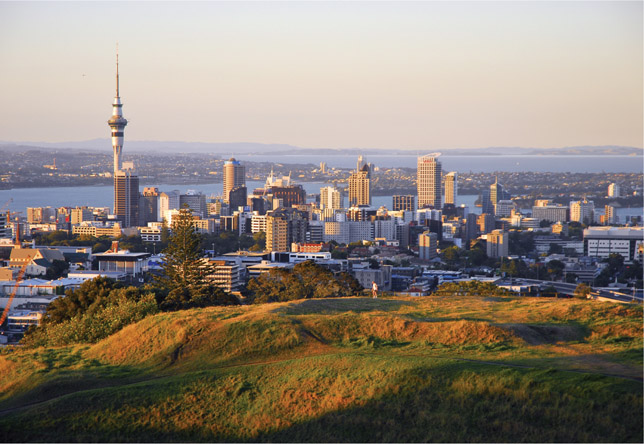
There are some key trends, the first of which is that New Zealand is the most visited country by Australians. However, from 2007 to 2012 there was an overall increase in the number of people going (an additional 201 300 people) but a 3.1% decrease in the overall proportion of people going to New Zealand. In other words, more people went to New Zealand than ever, but the overall number of people going overseas increased so much that those New Zealand trips were a smaller proportion of the amount than before.
The second key trend is the dramatic increase in the number of Australians going to Indonesia. In 2007 there were 282 500 people going to Indonesia. By 2012 there were 911 800 people, or 11% of all Australians going overseas as tourists.
There are a number of factors that have led to the increase in Australian residents travelling overseas.
The main factor has been the emergence of low-cost airlines such as Jetstar, Pacific Blue, Air Asia and Scoot. This has increased the number of flights and lowered airfares to close international destinations such as Indonesia, Thailand, Singapore and Fiji.
Another factor is the value of the Australian dollar. With the Australian dollar strong against most other major currencies (meaning that instead of, say, getting US80c for A$1, you get US$1 for A$1, which is called parity), it is very attractive for Australian residents to take an overseas holiday, especially to places like the United States, where the exchange rate is around parity. Natural hazards in Australia have also contributed to residents going overseas for holidays. Cyclones and floods, especially in Queensland, have led people to look for other places to holiday.
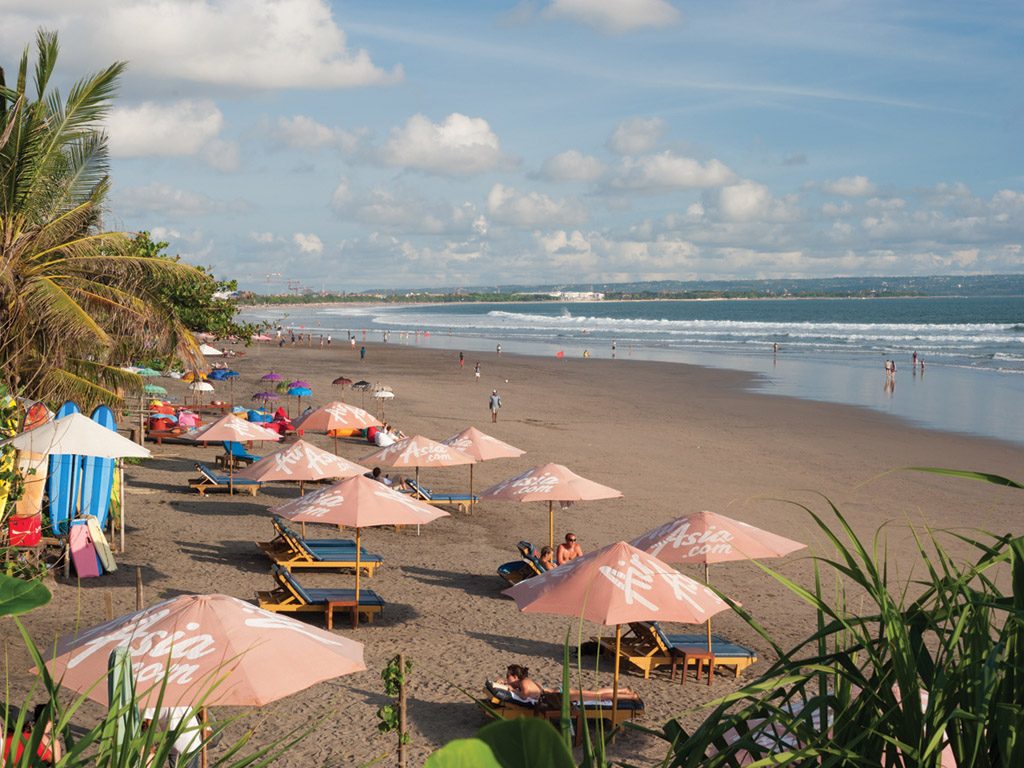
DEVELOPING YOUR UNDERSTANDING 5.13
RESEARCH 5.1
Popular Australian tourist destinations
There are many tourist destinations in Australia that appeal to both domestic and international tourists.
This section looks at different destinations. These destinations have very different appeals and are popular with different groups of tourists – and face different challenges as a consequence of tourism.
By looking at several locations, we can build up a picture of Australian tourism that is more complete than if we just looked at a single place.
Hunter Valley, New South Wales
The Hunter Valley is 155 kilometres northwest of Sydney.
It is the second most visited area in New South Wales (after Sydney); 7.6 million people visited the Hunter Valley in 2012. The Hunter Valley is most famous for wine-making, and there are many vineyards and wineries in the area. The wineries range in size from small boutique wineries up to large, internationally recognised wineries.
With such a large number of tourists going to the area, facilities are needed to cater for them. This has seen the development of accommodation for those staying for weekends or longer periods. Small-scale bed and breakfast venues cater for couples, while five-star resorts such as Cypress Lakes Resort and the Hunter Valley Country Club accommodate wealthy families.
Other tourist attractions have developed in the area. There are three golf courses (Cypress Lakes, the Vintage and the Hunter Valley Golf Club), as well as hot air ballooning, historic sites, horse riding and shopping.
This tourist industry has been of tremendous economic benefit to the Hunter Valley. In 2012 tourism contributed an estimated $1.6 billion to the local economy. Tourism also employs thousands of people in the area, especially in restaurants and accommodation.
Longreach, Queensland
Longreach is a town in the central west of Queensland, around 1200 kilometres northwest of Brisbane. It is a small town – 4189 people – that has a number of tourist attractions. The main one is the Australian Stockman’s Hall of Fame. The Hall of Fame was built in 1988 to recognise the contributions that various people have made to life in outback Australia. It displays the history of famous explorers, stockmen, pastoralists and Indigenous Australians who explored and worked in the outback. It also houses a vast collection of archival material, including photographs, artworks and other items. Since it opened, over 1 million people have visited the Hall of Fame, which indicates how popular it is.
Another major attraction in Longreach is the Qantas Founders Museum. The Queensland and Northern Territory Air Service (QANTAS) was started in Longreach, where a hangar and a runway were built in the 1920s. Since then, Qantas has grown to be one of Australia’s biggest companies, and this museum is dedicated to preserving the humble beginnings of this Australian icon.
Each year around 120 000 visitors go to Longreach, which has tremendous economic benefit to the town. On average these visitors stay for 4 or 5 nights.
Phillip Island, Victoria
Phillip Island is 140 kilometres south-southeast of Melbourne. The island is 26 kilometres long and 9 kilometres wide, and it has a population of 9406 people.
There are two major tourist attractions, and they bring 3.5 million visitors to the island each year.
The first is the area’s natural and wildlife features, such as the little penguin colony, Seal Rocks and the Koala Conservation Centre.
One unique and very popular wildlife feature of Phillip Island is the Penguin Parade. The little penguins of the colony (formerly known as ‘fairy penguins’) go out to sea each day to catch food (mostly pilchards and other small fish) for themselves and their young. Just on dusk every evening they return and make their way up the beach to their burrows in the sand dunes. Tourists can sit and watch the penguins come up onto the beach and into their burrows; Phillip Island is one of the few places in the world where you can watch such an event.
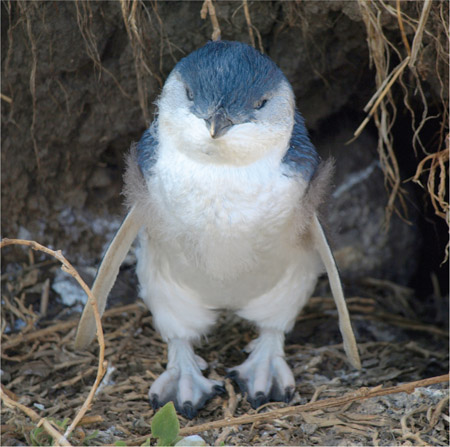
The second major tourist event is the island’s program of motor sport. The Phillip Island Grand Prix Circuit is home to major motor racing events each year, including events for the international MotoGP series (motorcycles), the World Superbike Championship and the domestic V8 Supercar Series. The events attract thousands of people; for example, the 2012 MotoGP attracted a 3-day record of 122 465 people.

With both the motor sports and wildlife features attracting such a large number of visitors, Phillip Island faces major issues in protecting the environment from the tourists. A special visitor centre had to be built to cater for the large numbers of people going to the Penguin Parade.
Governments and local authorities have to ensure that environment and wildlife tourism remains ecologically sustainable and is not exploited for purely economic reasons.
Port Arthur, Tasmania
Port Arthur is 61 kilometres south-east of Hobart, and has a population of 366 people. The British established Port Arthur as a penal colony in 1830. Port Arthur continued as a convict settlement up to 1877, when it ceased operation. After its closure, tourists started coming to the site to see and try to understand what the convicts had gone through. People come from all over the world to view this historic site, so tourism is a stable source of income for the area.
In 2012 around 220 000 people visited Port Arthur, making it the most popular tourist destination in Tasmania. In recognition of this, the Tasmanian government has put a lot of resources into preserving and protecting the site, which is now listed as a World Heritage site. As part of the preservation program, the Port Arthur Historical Sites Management Authority, which runs the site, has developed extensive educational and archaeological programs. The aim of these programs is to educate people while preserving an important part of Australian history.
Coober Pedy, South Australia
Coober Pedy is a town in the far north of South Australia, 850 kilometres north of Adelaide and 700 kilometres south of Alice Springs. Opal was discovered in the region in 1915, and a wave of European migrants came to the area in the 1960s to seek their fortune.
Opal mining developed into a multi-million dollar industry and Coober Pedy slowly developed into a modern mining town, the ‘Opal Capital of the World’.
The town is widely known for its underground housing, an effective and environmentally friendly response to the area’s searing summer heat and chilly desert evenings. This is one of the main tourist attractions of the town, as it offers visitors an experience that isn’t found anywhere else in the world. These underground houses, called dugouts, attract thousands of tourists each year, providing valuable economic stimulus to what is now a small mining town.
The constant influx of tourists has also created employment for locals in the hospitality industry and led to the development of many tourism-based small businesses, such as outback tours and mine tours.
Monkey Mia, Western Australia
Monkey Mia is located in the Shark Bay World Heritage Area, around 800 kilometres north of Perth. It is famous for its bottlenose dolphins; for the past 40 years, the dolphins have come in to the shallow waters and allowed humans to feed fish to them.
The amazing thing about this is that it has been a completely natural behaviour; humans have not trained these bottlenose dolphins to come in – the dolphins do so by themselves.
Around 100 000 tourists go to Monkey Mia each year to see the dolphins fed. The large number of tourists has created some major concerns about the management and protection of the dolphins and the environment of the area. The Western Australia Department of Conservation and Environment manages the dolphin experience by:
- regulating dolphin feeding
- maintaining a dolphin interaction area
- careful recruitment of new dolphins into the interaction program
- regulation of boat encounters.
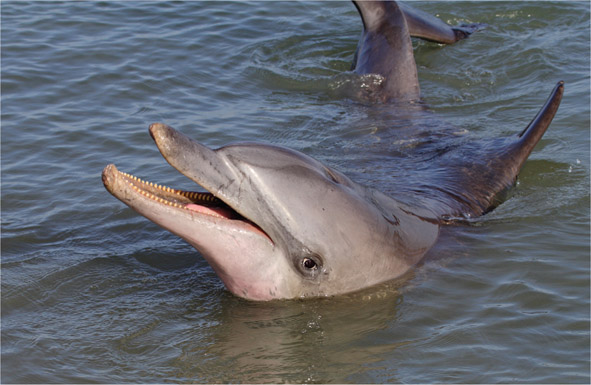
The government is hoping to protect the dolphins and maintain an ecologically sustainable tourism industry here, ensuring that Monkey Mia can be enjoyed by future generations.
DEVELOPING YOUR UNDERSTANDING 5.14
- Copy the graphic organiser and look at the positives, negatives and appeal of one of the Australian tourist destinations discussed in this chapter.
- Use the internet to gather information about another popular tourist destination in your home state.
- Use the information you have gathered to plan a 5-day family holiday to that destination. Your plan should include:
- transportation costs to and from the destination
- details of where you will stay for five nights, and the costs of the accommodation and meals
- details on activities for each day of your stay – what you will be doing, how much it will cost and how much time it will take.

